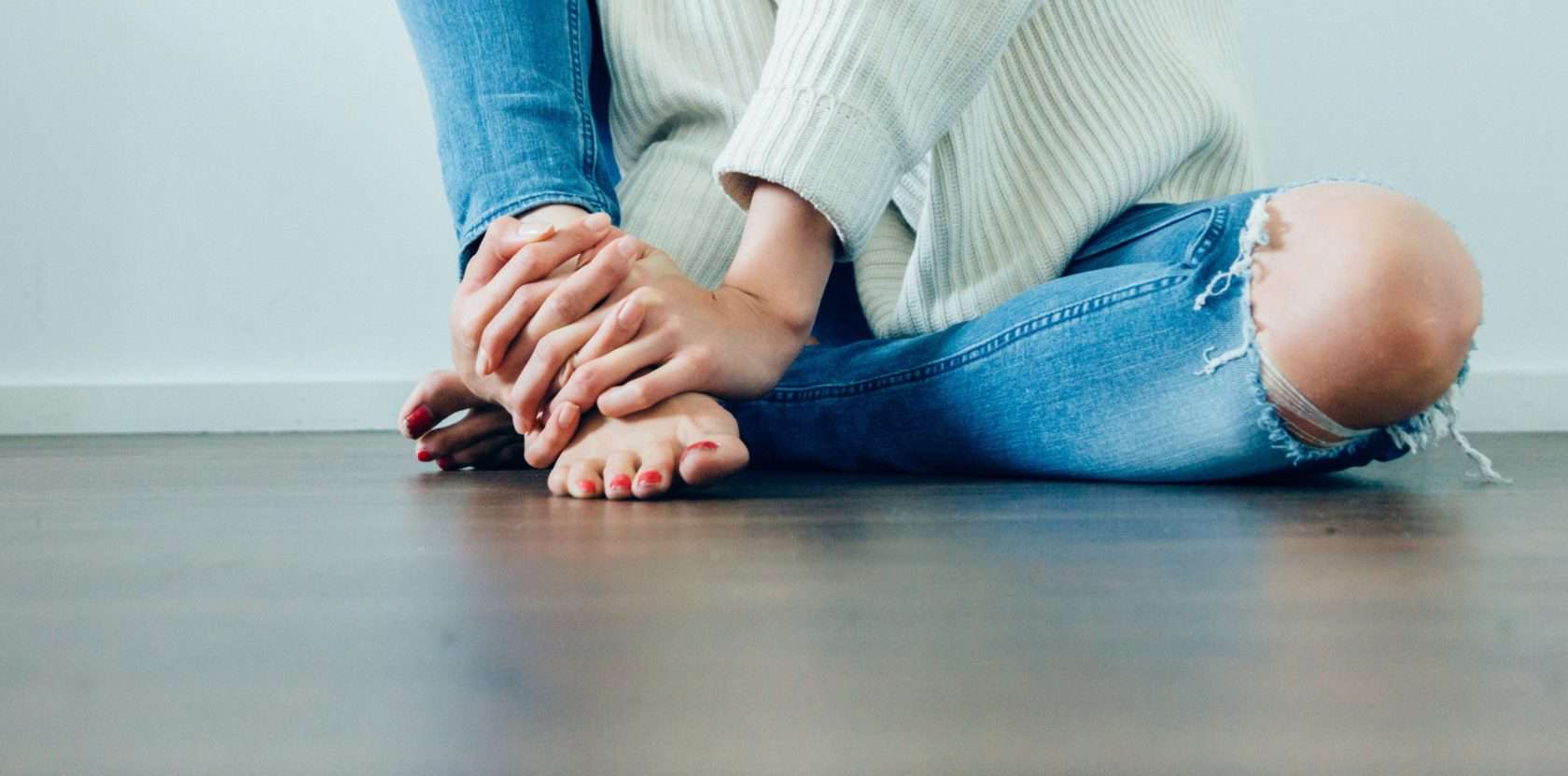
Don’t Cramp My Style
By Ann Constantino,
Photo by Imani Bahati on Unsplash
What happens when the nerves within your muscle tissue become abnormally excitable or confused? That muscle will involuntarily contract, tense and shorten, resulting in what is called either a spasm or a cramp, or any number of other less print-worthy terms.
Lasting a few seconds up to the better part of an hour, mildly uncomfortable or horrendously painful, cramps and spasm have a variety of causes.
What causes cramps?
Dehydration is one of the most frequent culprits, and when that is combined with physical exertion or warm temperatures, the likelihood of cramping increases.
Both underuse and overuse of a muscle can be blamed, spasm likely occurring when muscle is held in contraction for too long. Think: leaning over the kitchen sink doing all the Thanksgiving dishes. Cramping can sometimes result either from weakness or lack of use. This could be in a group of muscles or even just a partial section of an individual muscle that is seldom used but suddenly called upon to achieve Olympian prowess. Think: stretching the jaw open for long periods in the dentist’s chair.
When cramping, the best thing to try to do is to gently re-lengthen the muscle or muscles
Certain medications, especially those that can lead to dehydration such as diuretics can lead to nighttime cramping that can be very disruptive to sleep. Nighttime or “rest” cramping can occur for no apparent reason as well, and can worsen in older adults becoming a chronic problem.
When a cramp or a spasm strikes, the pain can be quite severe. There might even be a hardening or lump where the muscle fibers have gathered in protest. The best thing to try to do is to gently re-lengthen the muscle or muscles that are cramping. If it’s the calf, one of the most common areas to suffer a cramp, re-lengthen the calf muscle by pulling the toes back toward you. If that is impossible, try stepping down on the foot of the affected leg, slowly bringing the heel down to the floor. It’s possible the calf muscle will feel hard or knotty. Gently massage it until the tissue softens and relaxes.
The same basic advice applies to any spasm or cramp you may feel in the body. Slowly and gently stretch and lengthen the area, massaging gently when possible to restore suppleness. You may feel a kind of soreness after a cramp not unlike the soreness you feel after a strong bout of exertion; after all, that muscle did just overdo it for the length of your spasm.
How to stop cramps and spasms
Make sure you are adequately hydrated.
Be sure to eat foods that provide plenty of calcium and magnesium, low levels of which can be common in those who chronically suffer from cramps.
Take it easy in hot weather with lots of hydration breaks. Know your limits and respect them
Athletes are not the only ones who need a little loosening up before exertion. If you’re about to put in a day in the garden, you’re cleaning out the garage, or you’re lifting VW Beetles for fun, spend a few minutes stretching dynamically beforehand doing movements that mimic in range of motion the actions involved in your activity. Then afterward stretch statically, gently holding muscles at their natural length, or a bit beyond, to restore resting length. Check out It’s a Stretch, our recent column on stretching.
If you cramp at night, gentle stretching and massaging of the area before bed can be preventive. For the calves, gently pumping the heel up and down and rolling a tennis ball up and down along the calf can help. Five minutes of gentle full-body stretching, targeting the areas that tend to spasm in your body can be helpful.
There is no magic bullet to get rid of these painful occurrences since their origin can be murky, but with a little planning ahead and some mindful management of your water intake and level of exertion you might be able to bring symptoms under control so that nothing cramps your style.
Ann Constantino, submitted on behalf of the SoHum Health’s Outreach department.
Related: Fitness, SoHum Health, Wellness